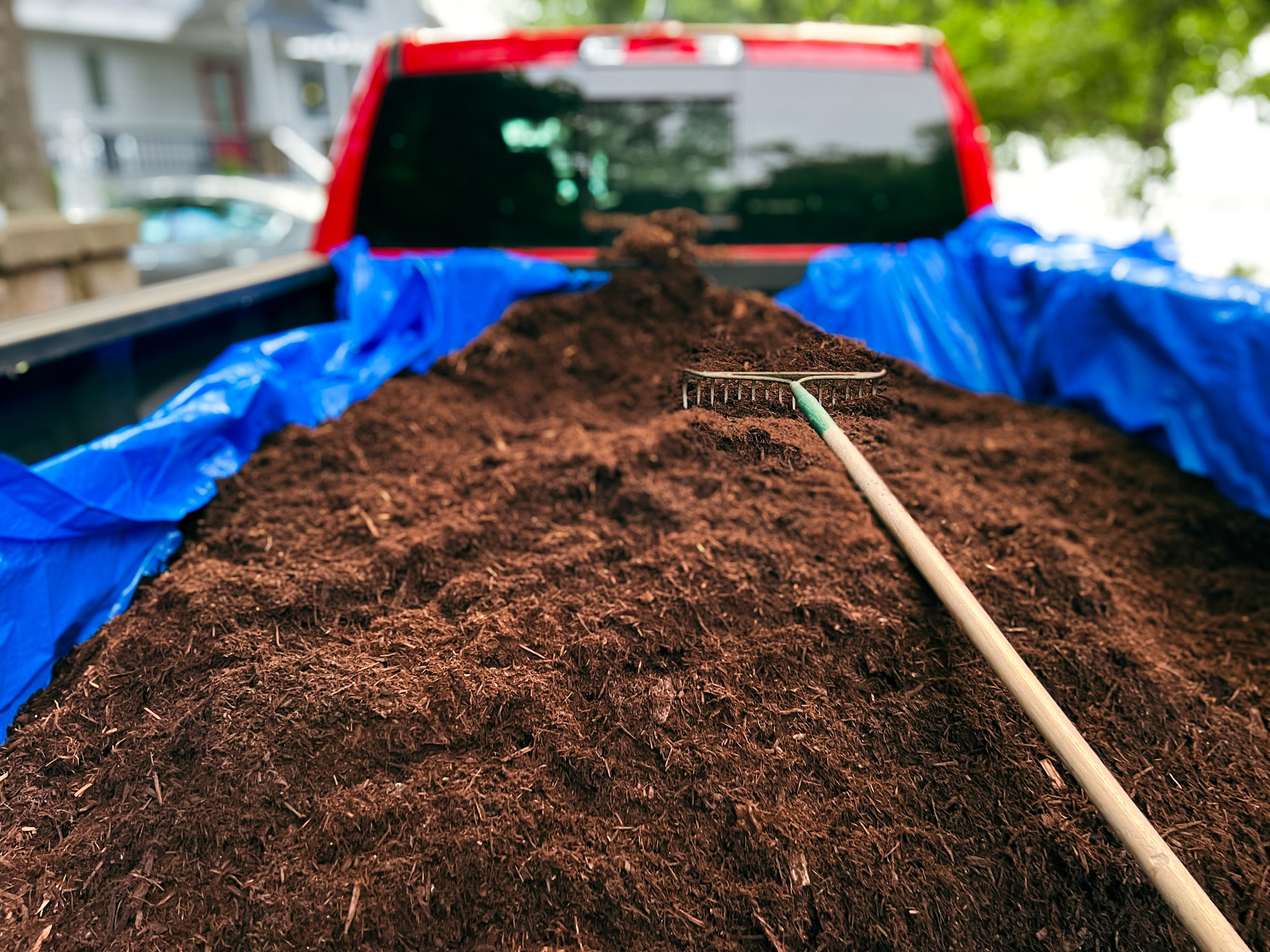Myth-Busting Equine Waste Management: What You Really Need to Know
The Importance of Proper Equine Waste Management
Managing equine waste is a crucial aspect of maintaining a healthy and sustainable horse farm. However, several myths surround this topic, leading to misconceptions about best practices. In this post, we'll debunk some common myths and provide you with the information you really need to know.

Myth 1: Horse Manure is Just Waste
Many people view horse manure as merely waste, but this couldn't be further from the truth. In reality, horse manure is a valuable resource that can be repurposed in various ways. Rich in nitrogen, phosphorus, and potassium, it is an excellent fertilizer that can enhance soil health and boost plant growth.
By composting horse manure, you can create a nutrient-rich soil amendment that is both environmentally friendly and cost-effective. This process not only reduces waste but also transforms it into a beneficial product for agricultural use.
Myth 2: Equine Waste Management is Not Environmentally Friendly
There is a common misconception that managing equine waste is harmful to the environment. On the contrary, when managed correctly, equine waste can be part of a sustainable farming practice. Composting horse manure reduces the release of methane, a potent greenhouse gas, and minimizes water pollution risks.

Implementing proper waste management techniques can significantly reduce the environmental impact of horse farms. By adopting practices such as composting, farmers can contribute positively to environmental conservation efforts.
Myth 3: All Equine Waste Can Be Treated the Same
Not all equine waste should be treated equally. Different types of bedding materials, such as straw, wood shavings, or sawdust, require specific management approaches. For example, straw breaks down faster than sawdust, affecting the composting timeline and method.
- Straw: Breaks down quickly and adds bulk to compost piles.
- Wood Shavings: Take longer to decompose and require careful management to balance carbon and nitrogen levels.
- Sawdust: Similar to wood shavings but compacts more easily, needing regular aeration.
Myth 4: Equine Waste Management is Expensive
While there may be initial costs associated with setting up an effective equine waste management system, it doesn't have to break the bank. With strategic planning and resourcefulness, farms can implement cost-effective solutions that yield long-term savings.

For instance, building simple compost bins or windrows using available materials can significantly reduce expenses. Moreover, selling or using composted manure as fertilizer can generate additional revenue streams for the farm.
Conclusion: Embracing Effective Equine Waste Management
Dispelling myths about equine waste management is essential for promoting sustainable practices in the horse farming industry. By recognizing the value of horse manure, implementing environmentally friendly techniques, and understanding the unique needs of different bedding materials, farms can enhance their operational efficiency and environmental stewardship.
Whether you're a seasoned equestrian or new to horse farming, understanding and applying proper waste management techniques is crucial for the well-being of your horses and the environment. Embrace these practices, and you'll find that effective equine waste management is not only beneficial but also rewarding.
